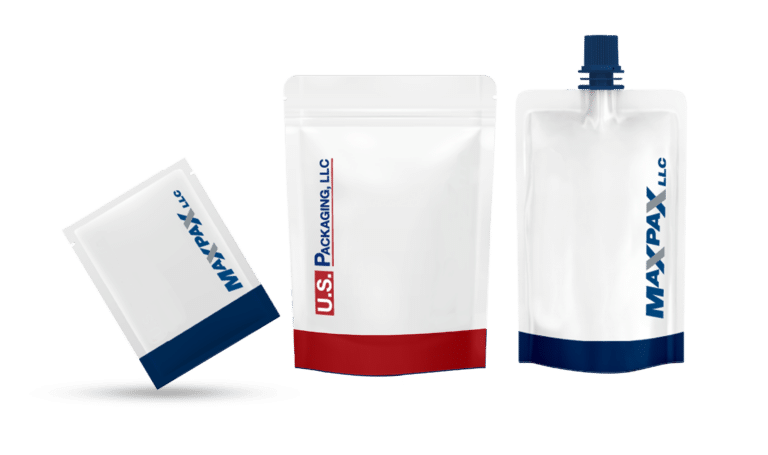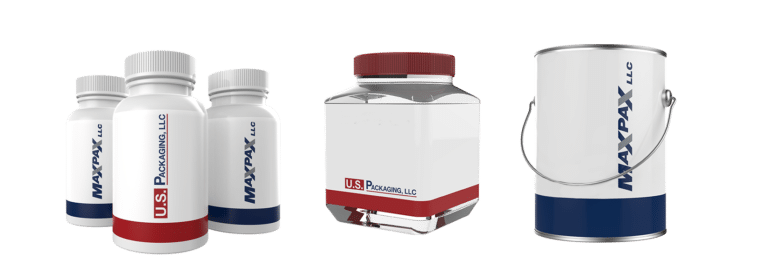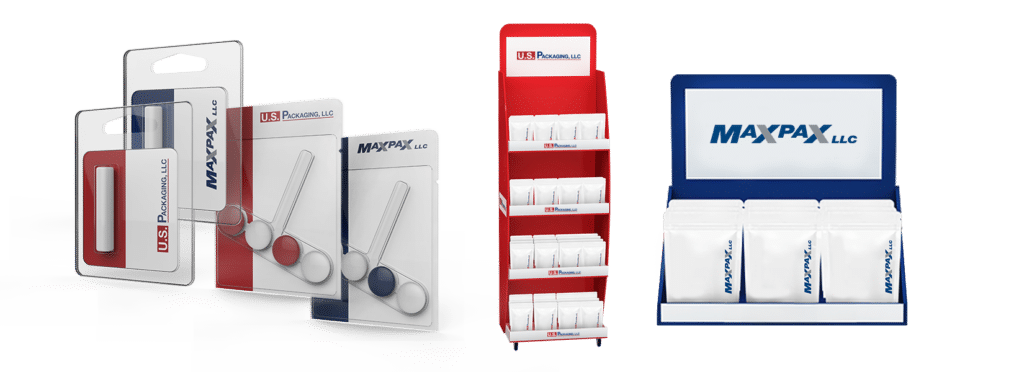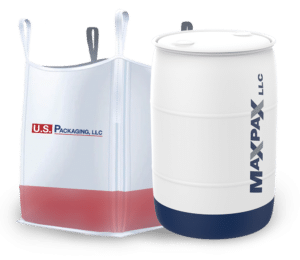
In the world of CPG manufacturing, time is money. Precision is power. Whether you’re a global brand or a high-growth startup, one thing remains true: the way you fill and blend your products directly affects your bottom line. Let’s break down the science behind product filling and product blending—and why it matters more than ever for supply planners, contract manufacturing managers, and operations leaders.
Why Product Filling and Blending Are Critical
Product filling and product blending are more than operational steps. They’re core components of production scalability, compliance, and quality assurance. When done right, they:
- Reduce waste
- Improve throughput
- Enhance product consistency
- Support regulatory compliance
- Protect your margins
The science lies in the details—viscosity, particle size, fill temperature, blending time, and packaging material all impact the process. These parameters are best practices and regulatory necessities in high-stakes industries like pharmaceuticals and food.
Scaling Smart—How the Right Partner Helps
For startups experiencing rapid growth, scaling production without sacrificing quality is a serious challenge. For mature brands, streamlining multi-SKU operations or new product lines is a constant priority for mature brands.
That’s where advanced co-manufacturers come in. Facilities with high-speed product filling lines and automated product blending equipment can deliver consistent, high-volume output with tight tolerances. Bonus: many turnkey partners also offer integrated services like packaging, labeling, and fulfillment—freeing your team to focus on innovation and market expansion.
CPG Use Cases—Efficiency in Action
- Food & Beverage: From powders and pastes to ready-to-drink formulas, precise blending ensures flavor and nutritional accuracy. Clean fill lines protect shelf stability and minimize downtime.
- Pharmaceutical & Nutraceutical: Batch-to-batch consistency is non-negotiable. Blending protocols must meet GMP standards while filling demands in ultra-hygienic environments.
- Personal Care & Household: Multi-phase formulas require homogenous mixing and airtight filling to maintain integrity and avoid separation or leaks during shipping.
- Automotive & Industrial: High-viscosity liquids and chemicals require specialized equipment for safe and accurate dispensing, often in rigid packaging formats.
What to Look for in a Co-Manufacturing Partner
Whether you’re a third-party manufacturing manager or a president making strategic outsourcing decisions, the right partner should offer:
- Blending systems designed for your product type (liquid, powder, semi-solid)
- Automated, multi-format filling capabilities (stick packs, bottles, jars, tubs)
- Certifications like SQF, GMP, Organic, Kosher, or FDA-registered
- Flexible capacity for short runs and large-scale production
Final Thoughts
Efficient product filling and blending isn’t just operational—it’s strategic. A reliable partner with proven systems helps you meet customer demand, reduce risk, and scale with confidence. Whether you’re launching a new SKU or revamping your supply chain, your success starts with the science behind the fill.
Ready to explore scalable packaging solutions? MaxUS Operations is here to help.






